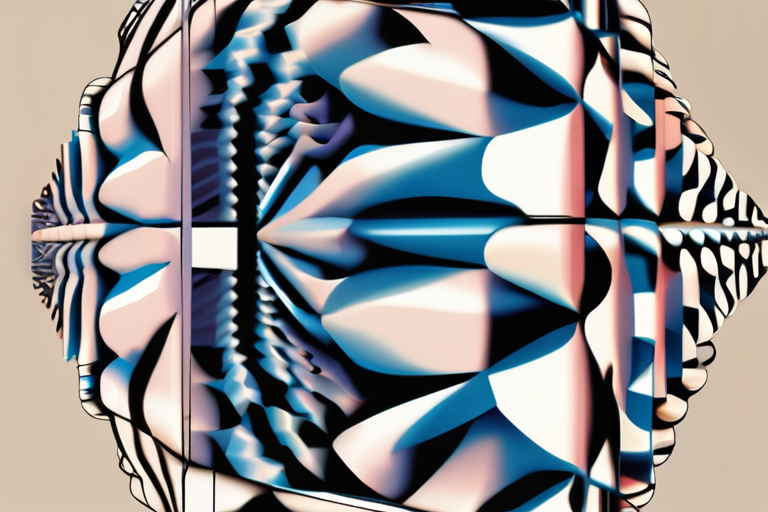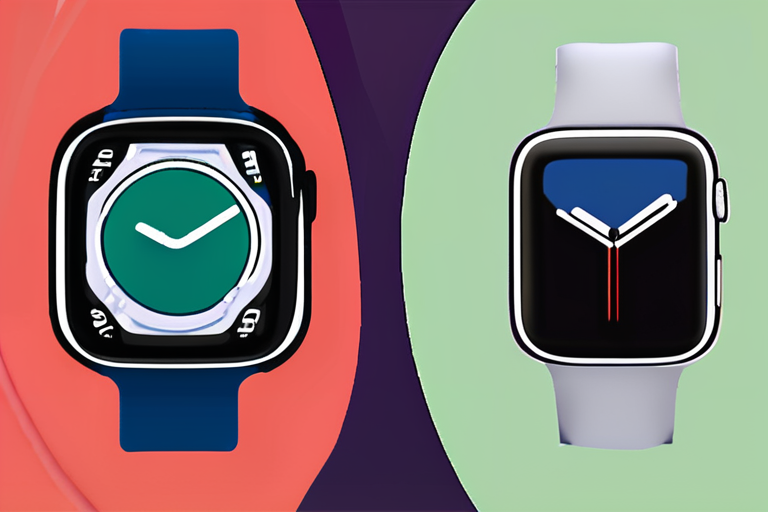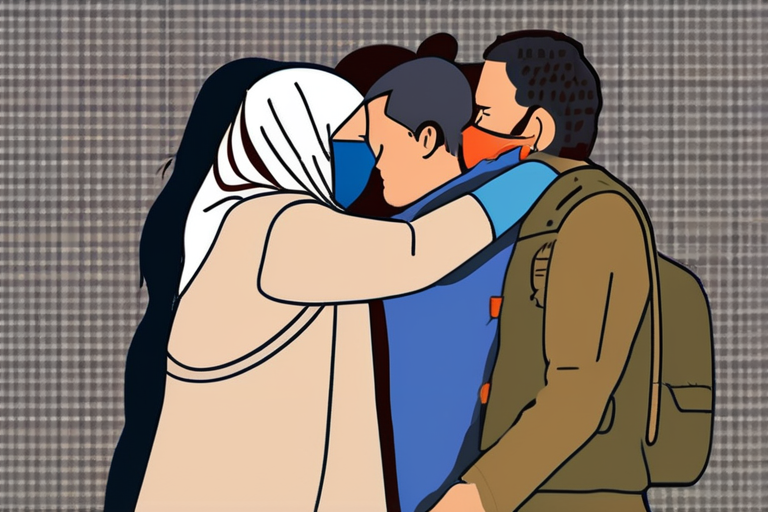Neurons Uncovered: The Hidden Architects of Visual Illusions Revealed


Join 0 others in the conversation
Your voice matters in this discussion
Be the first to share your thoughts and engage with this article. Your perspective matters!
Discover articles from our community

 Hoppi
Hoppi

 Hoppi
Hoppi

 Hoppi
Hoppi

 Hoppi
Hoppi

 Hoppi
Hoppi

 Hoppi
Hoppi

Disney+, Hulu Are Hiking Prices Again Next Month In a move that has become all too familiar to streaming service …

Hoppi

Garmin Venu 4 and Apple Watch Ultra 3 Put to the Test: A Run-In with Heart Rate Accuracy In a …

Hoppi

'California Schemin'' Review: James McAvoy's Canny Directorial Debut Carves a Crowdpleaser Out of a Real-Life Hip-Hop Scam LONDON, Oct 4, …

Hoppi

Breaking News: AI's Retracted Papers Problem Exposed A recent study has revealed that some AI chatbots are relying on flawed …

Hoppi

Google Unveils Gemini 2.5 Flash Image, Enhancing Image Editing for Enterprises Google released Gemini 2.5 Flash Image, a new model …

Hoppi

Breaking News: Freed British Couple Reunites with Daughter After Taliban Rescue A British couple, Peter Reynolds, 80, and his wife …

Hoppi